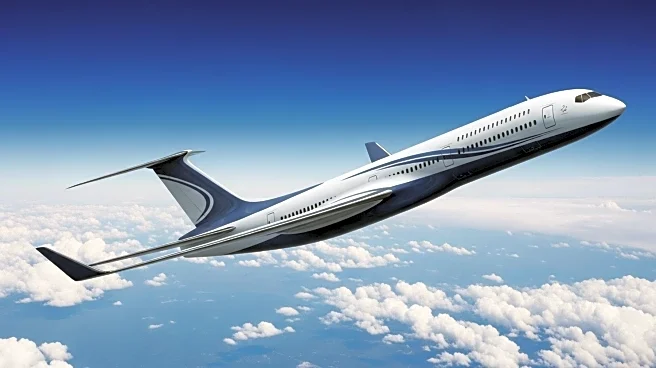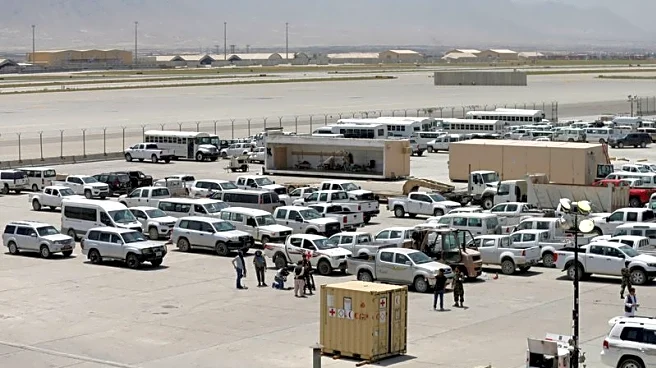What's Happening?
The aviation industry is witnessing a significant shift with the introduction of ultra-long-haul flights, facilitated by advanced aircraft technology. Airlines are increasingly operating flights that exceed 14,000 kilometers, thanks to the fuel-efficient designs of aircraft like the Airbus A350 and Boeing 787 Dreamliner. These developments are driven by a growing demand for direct connections between distant cities, eliminating the need for layovers and reducing overall travel time. Singapore Airlines currently operates the longest non-stop flight, but other airlines are expanding their routes, with Qantas planning even longer flights as part of its 'Project Sunrise'. This trend is reshaping the landscape of global air travel, making long-distance journeys more feasible and efficient.
Why It's Important?
The rise of ultra-long-haul flights represents a transformative change in the aviation sector, offering significant benefits to both airlines and passengers. For airlines, the use of fuel-efficient aircraft reduces operational costs and increases profitability on long routes. Passengers benefit from shorter travel times and the convenience of non-stop flights, enhancing the overall travel experience. This shift also has broader implications for global connectivity, as it enables more direct links between major cities, potentially boosting tourism and business travel. As airlines continue to push the boundaries of flight distance, the industry is poised for further innovation and growth.
What's Next?
Looking ahead, airlines are expected to continue expanding their ultra-long-haul offerings, with new routes and aircraft technologies on the horizon. Qantas's 'Project Sunrise' aims to introduce flights from Sydney to London and New York, setting new records for flight distance. Additionally, Turkish Airlines plans to launch a route from Istanbul to Sydney, further expanding the network of ultra-long-haul flights. These developments will likely prompt other airlines to explore similar opportunities, leading to increased competition and innovation in the sector. As technology advances, the potential for even longer flights and more efficient operations will continue to grow.











